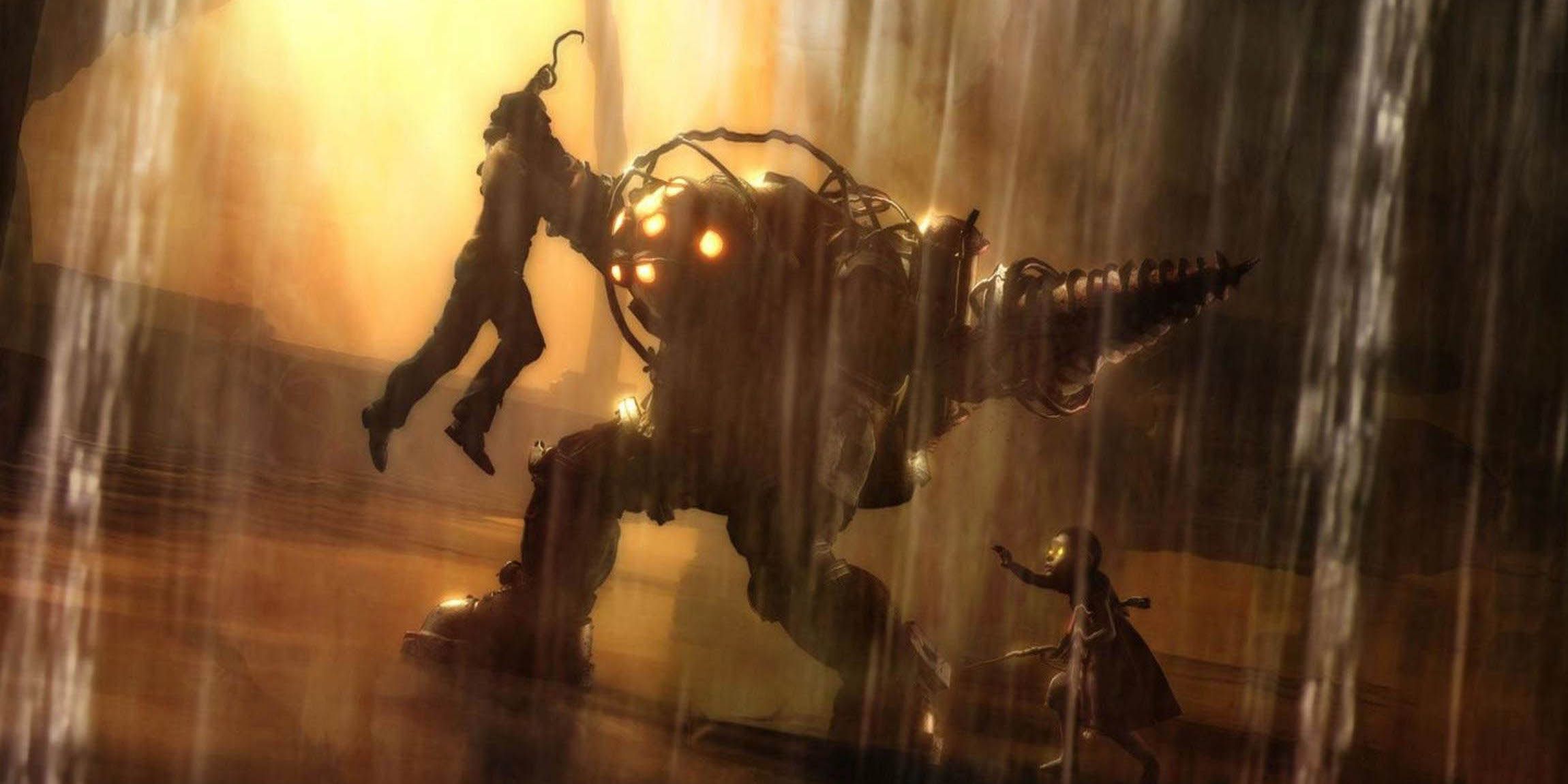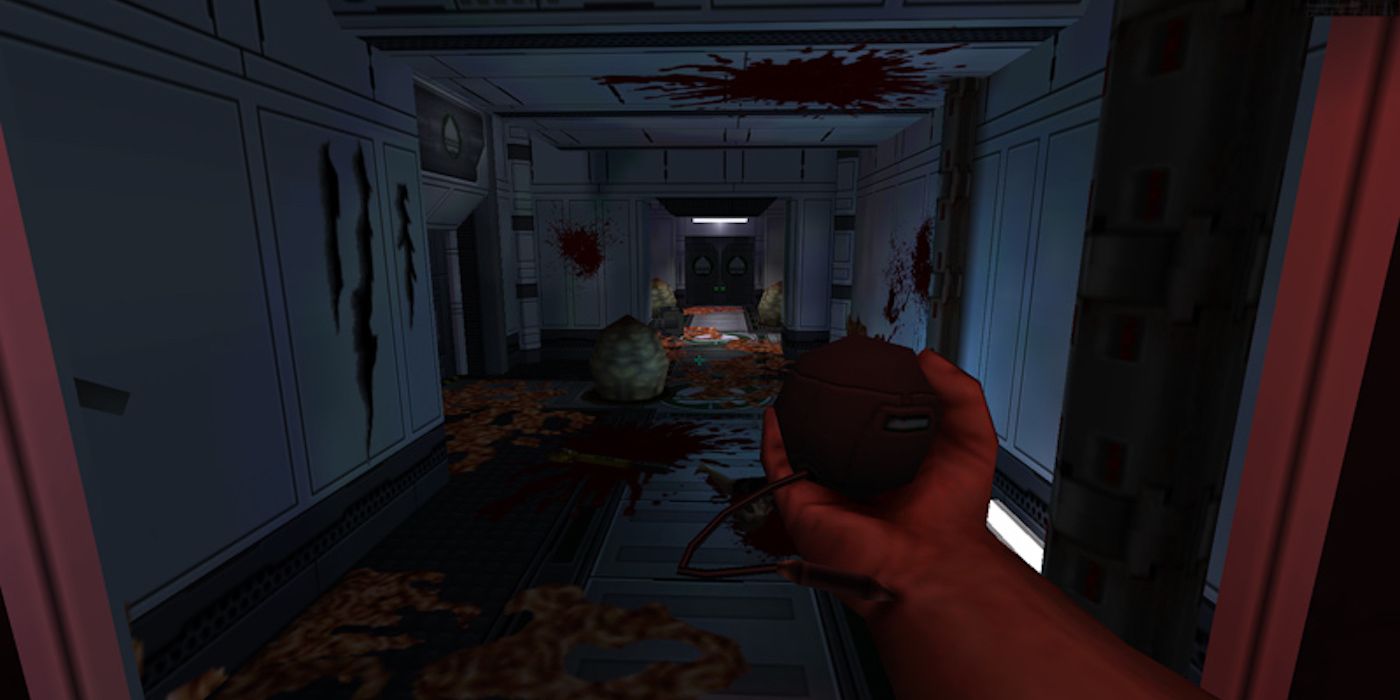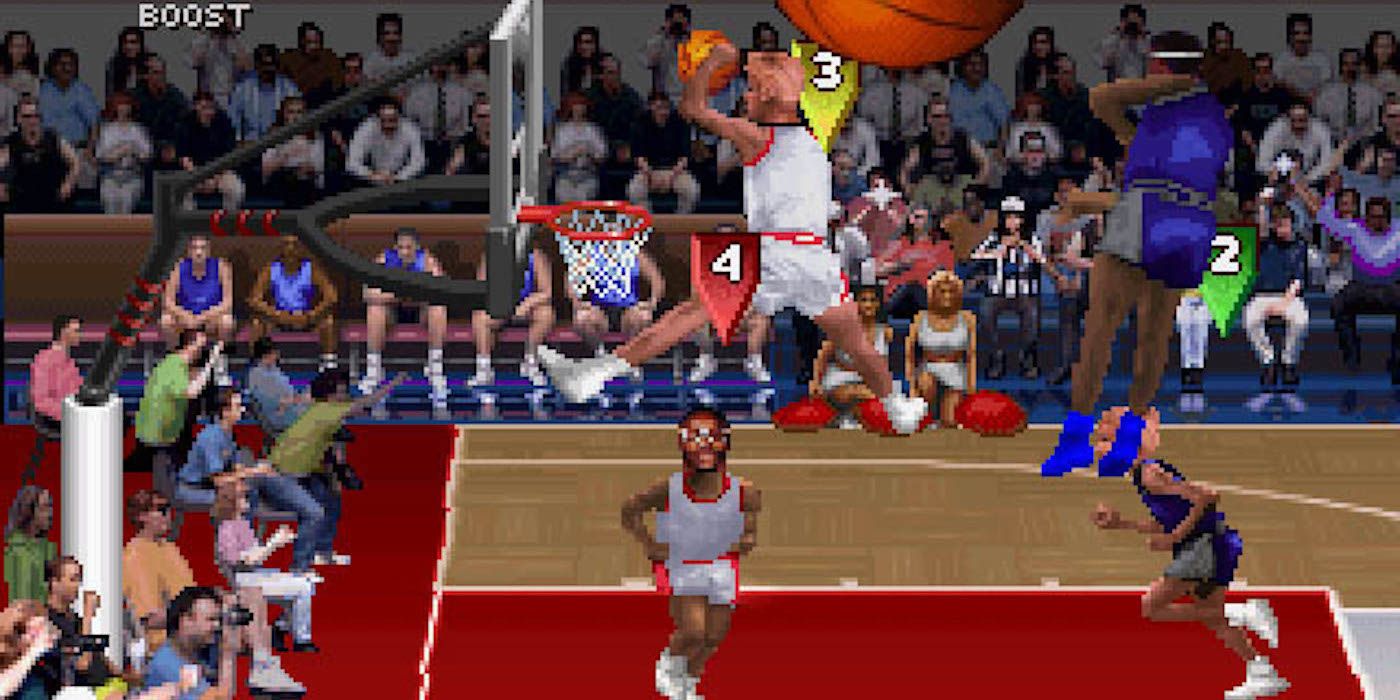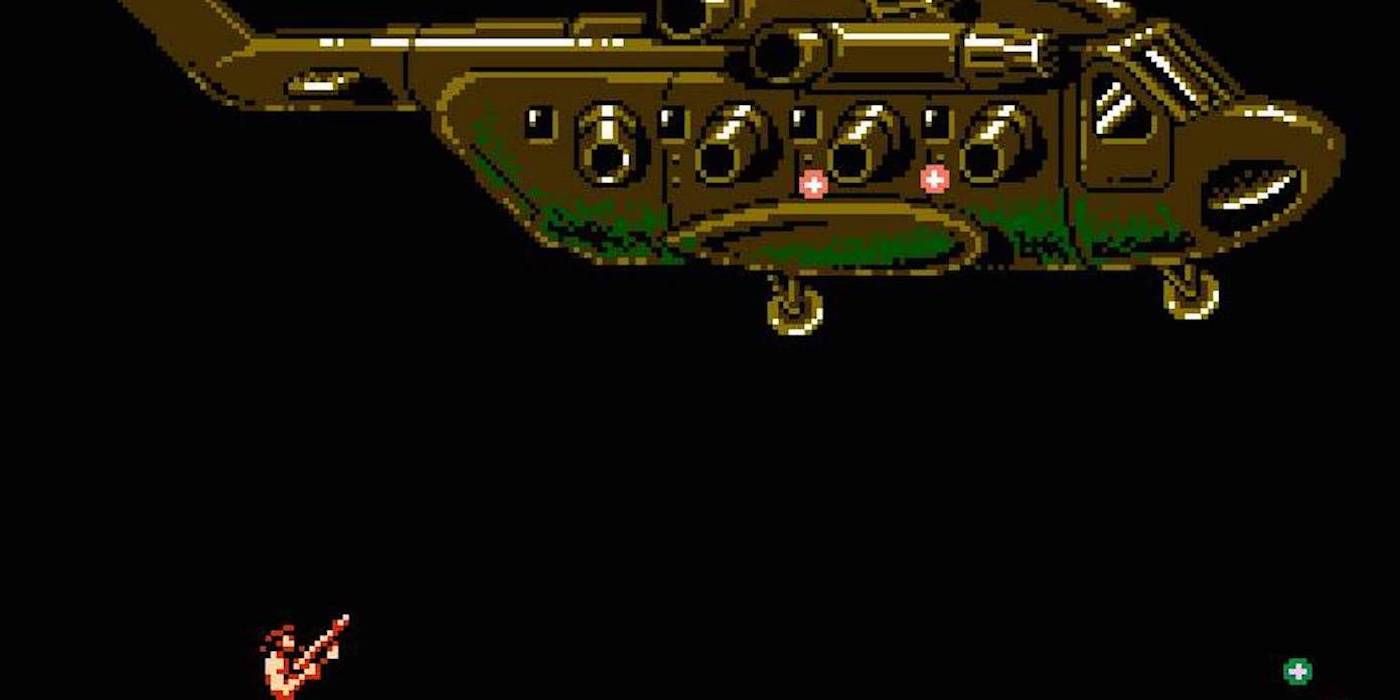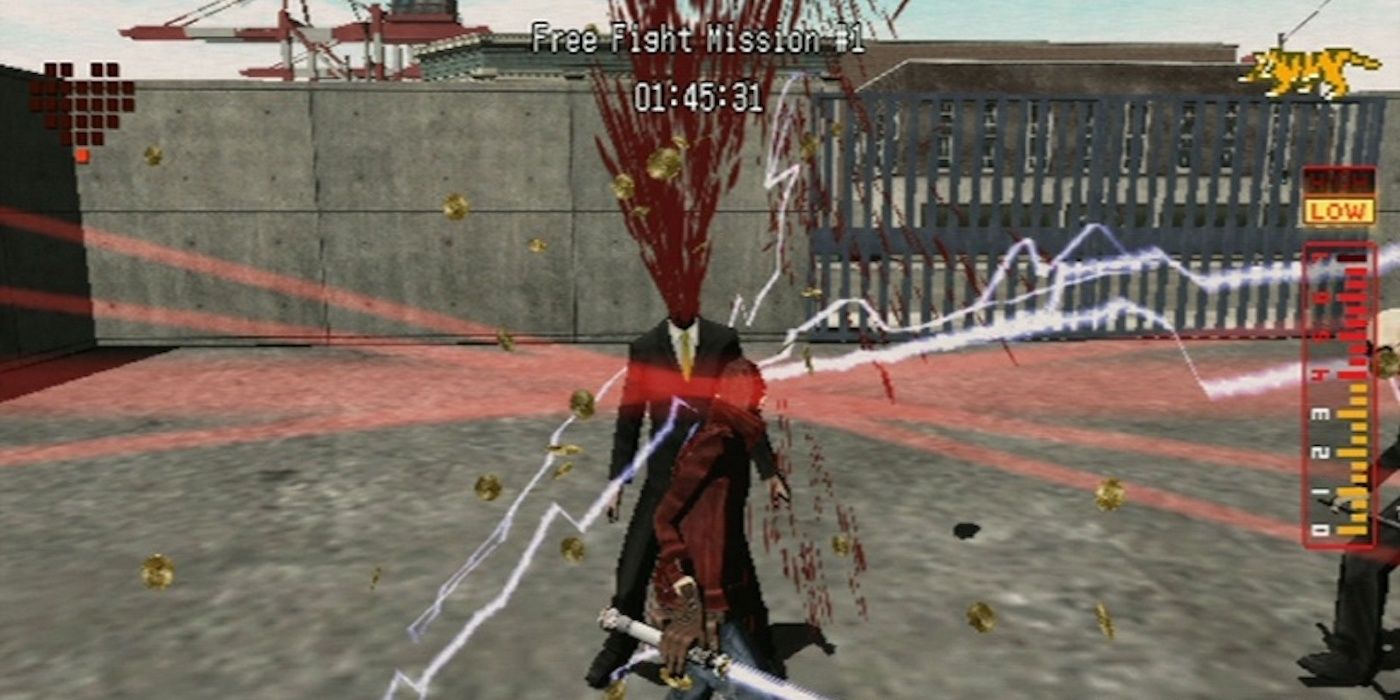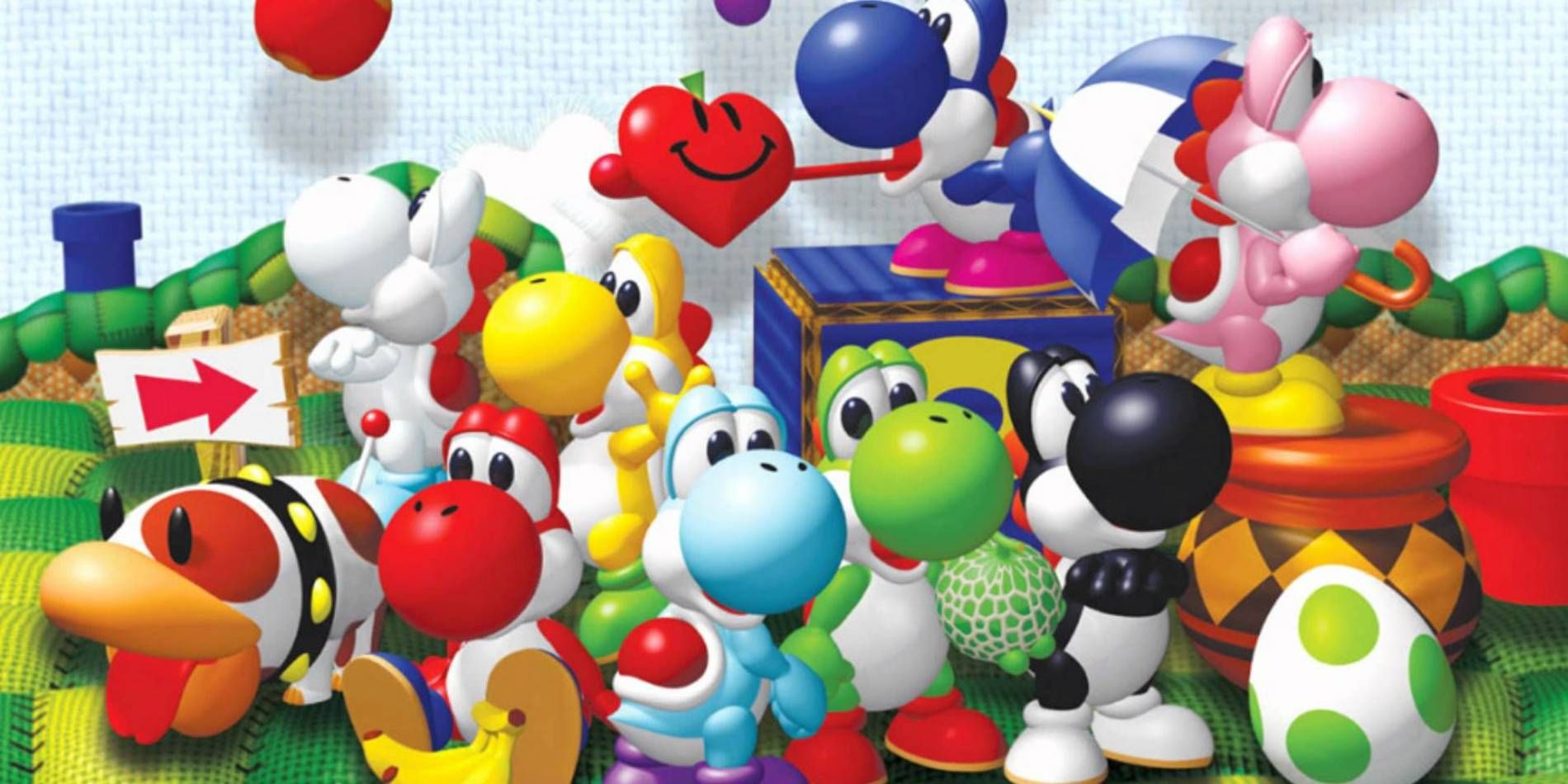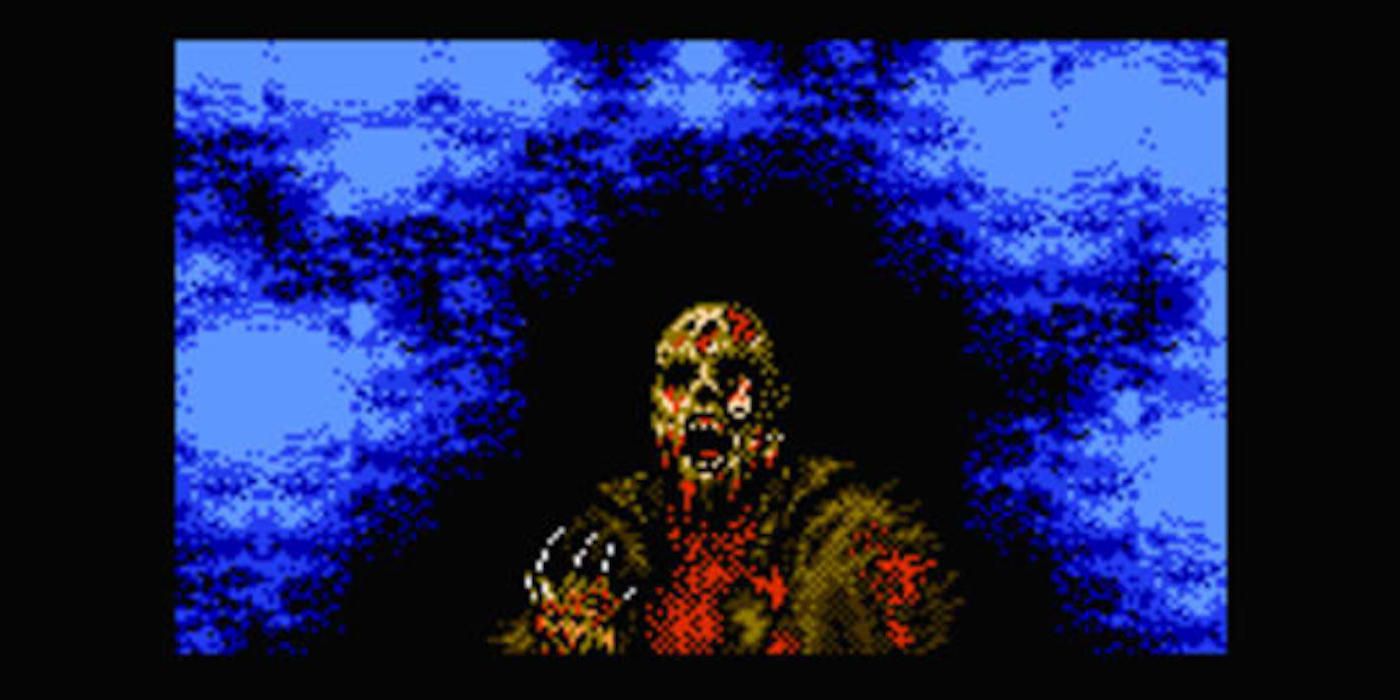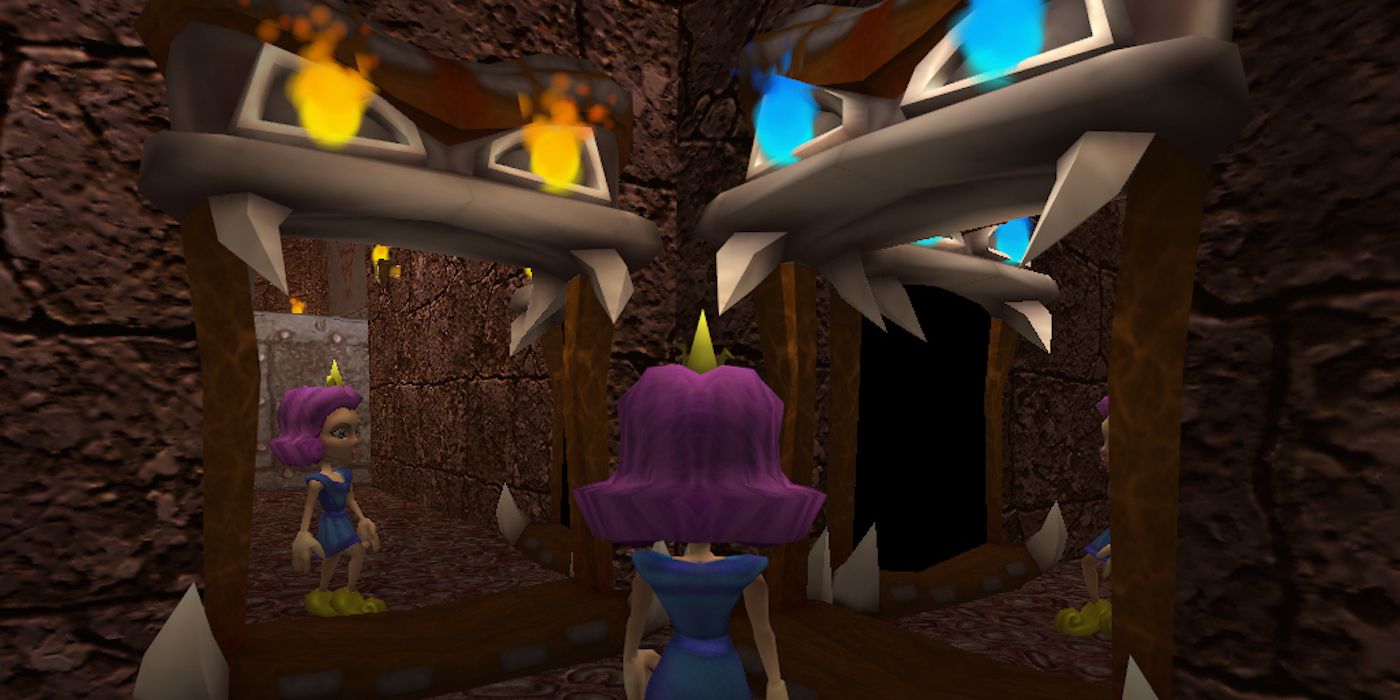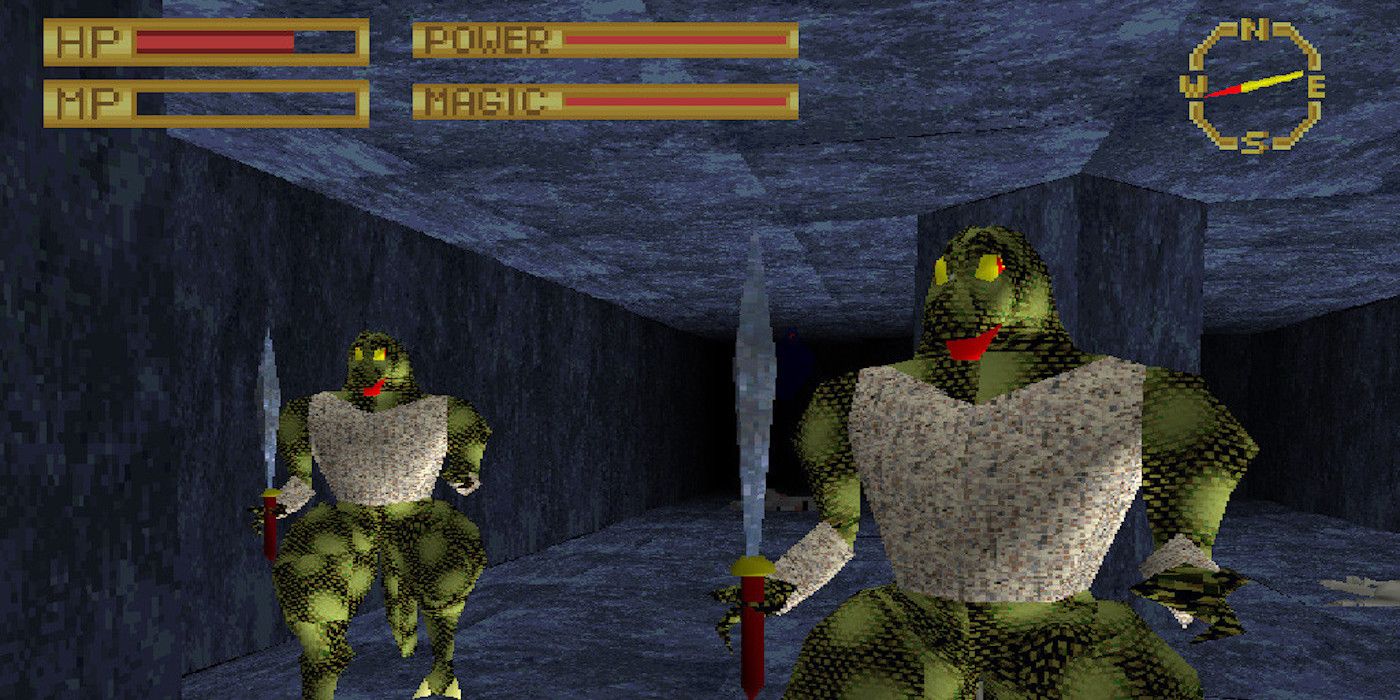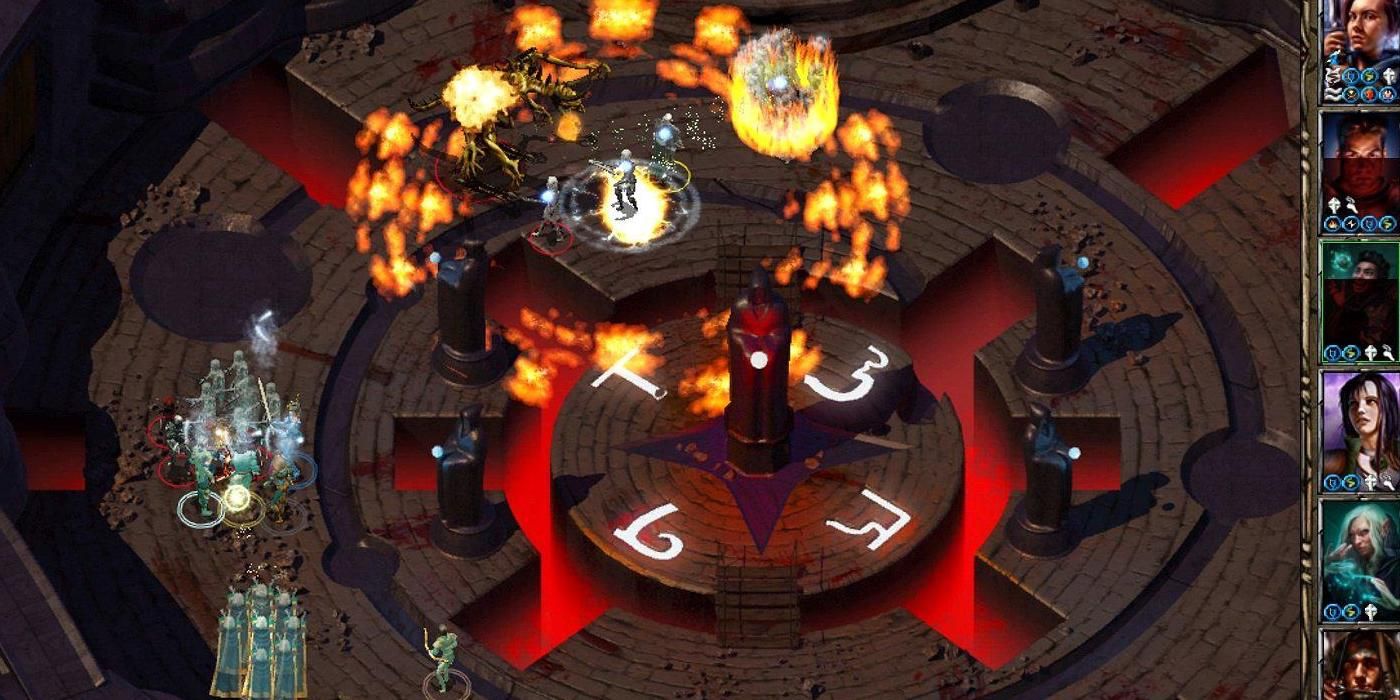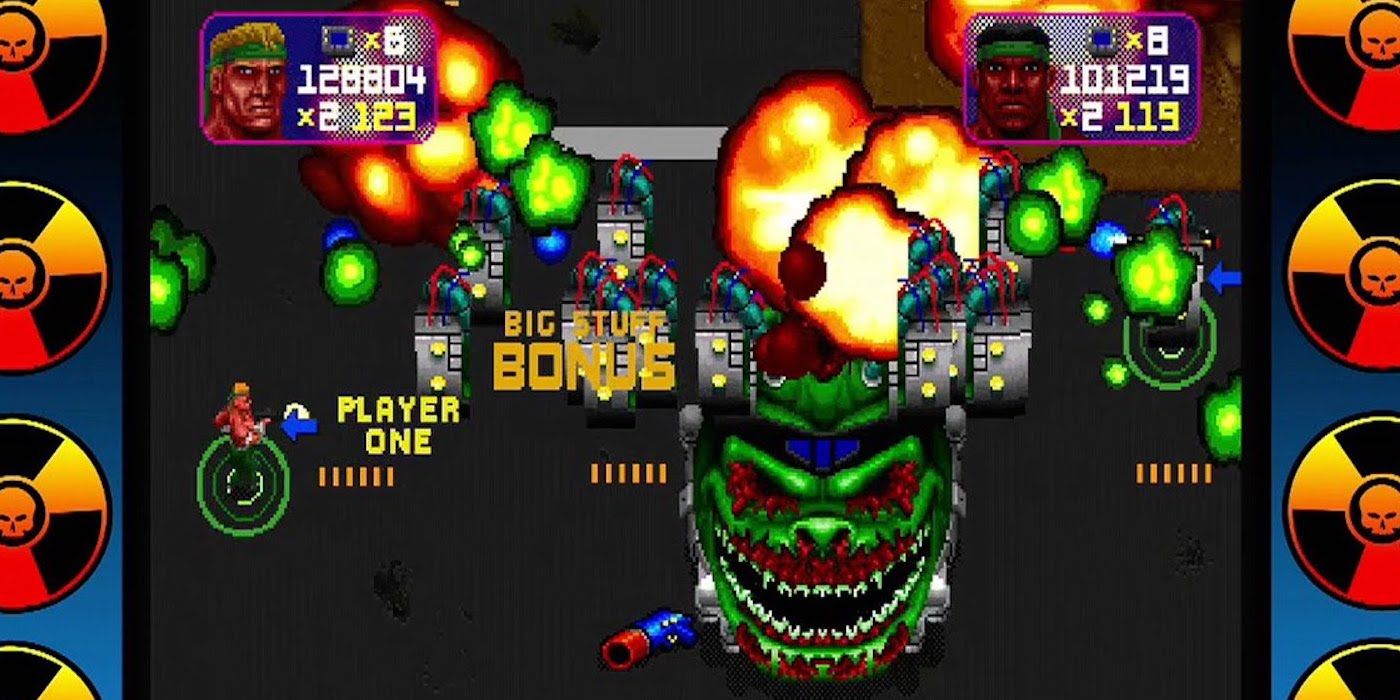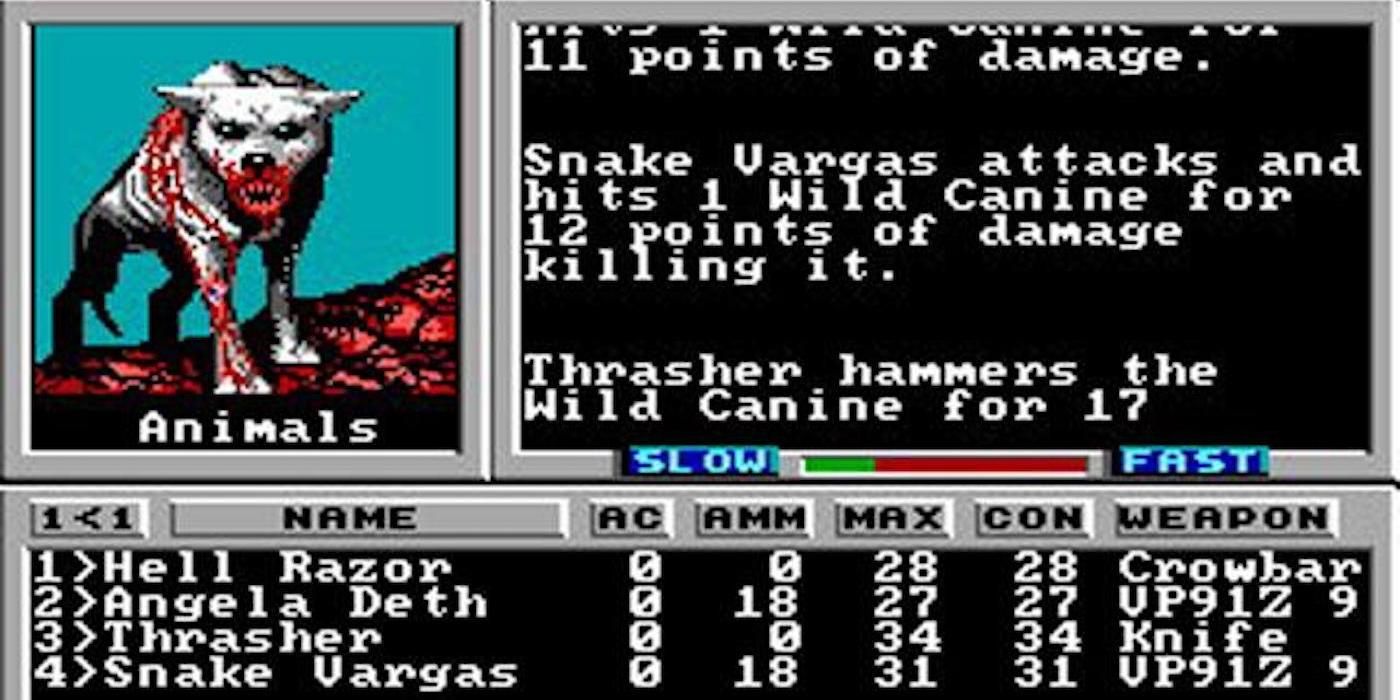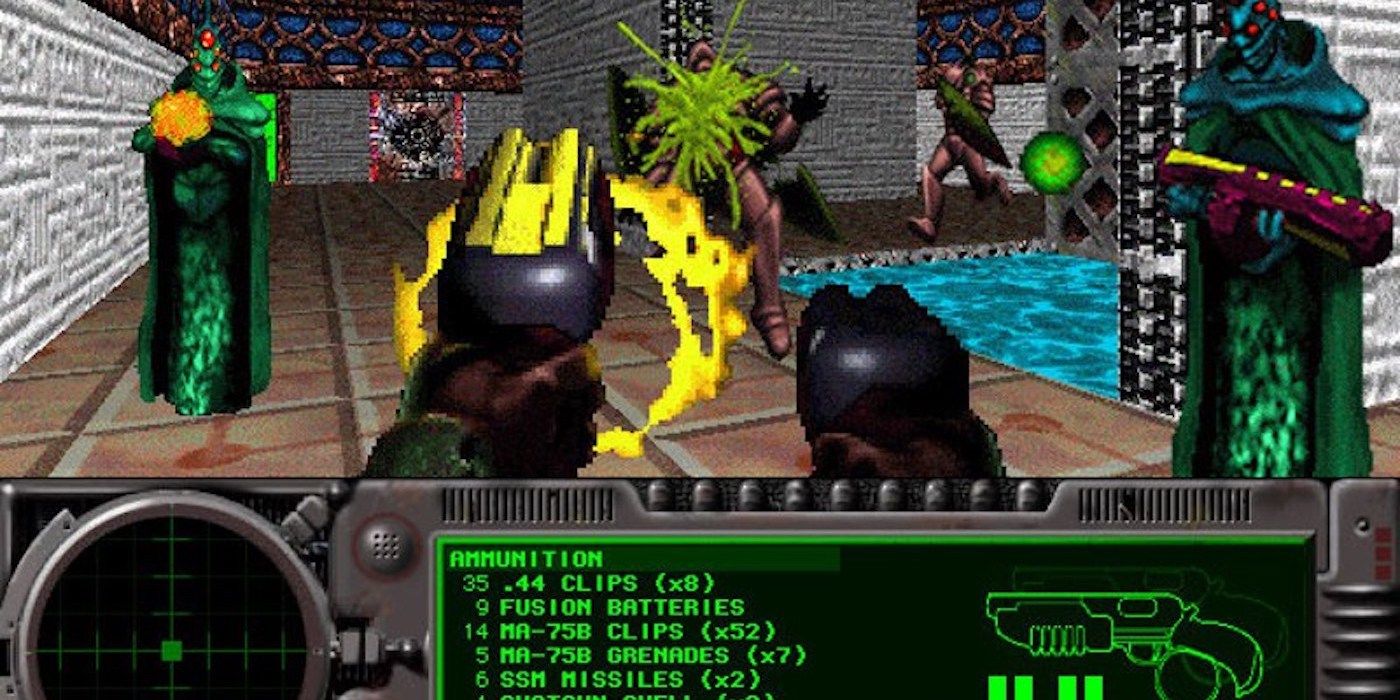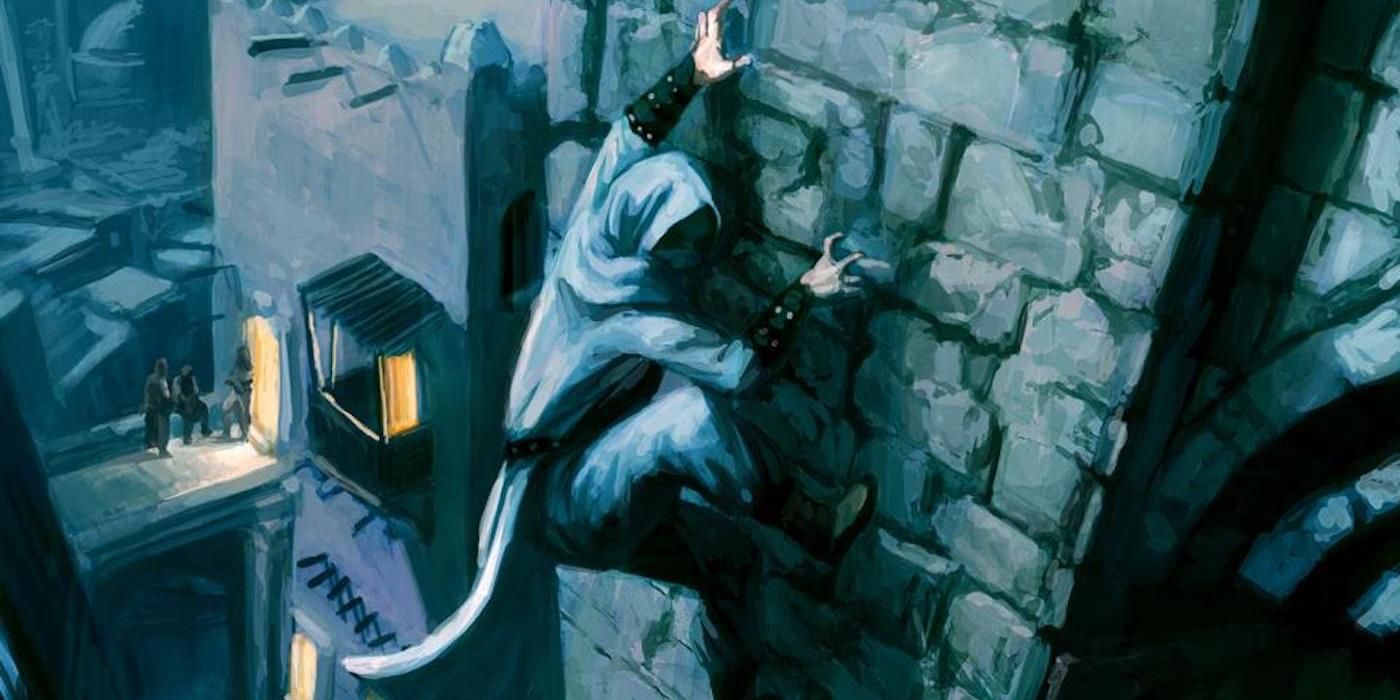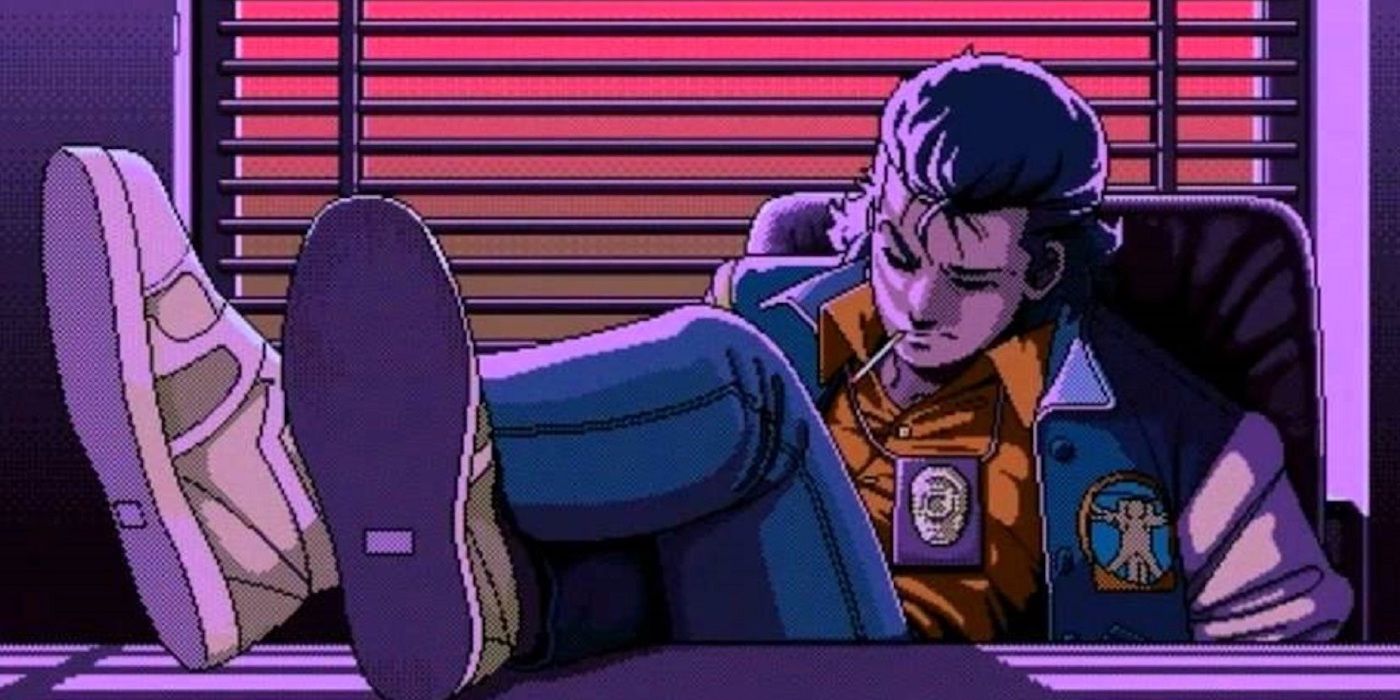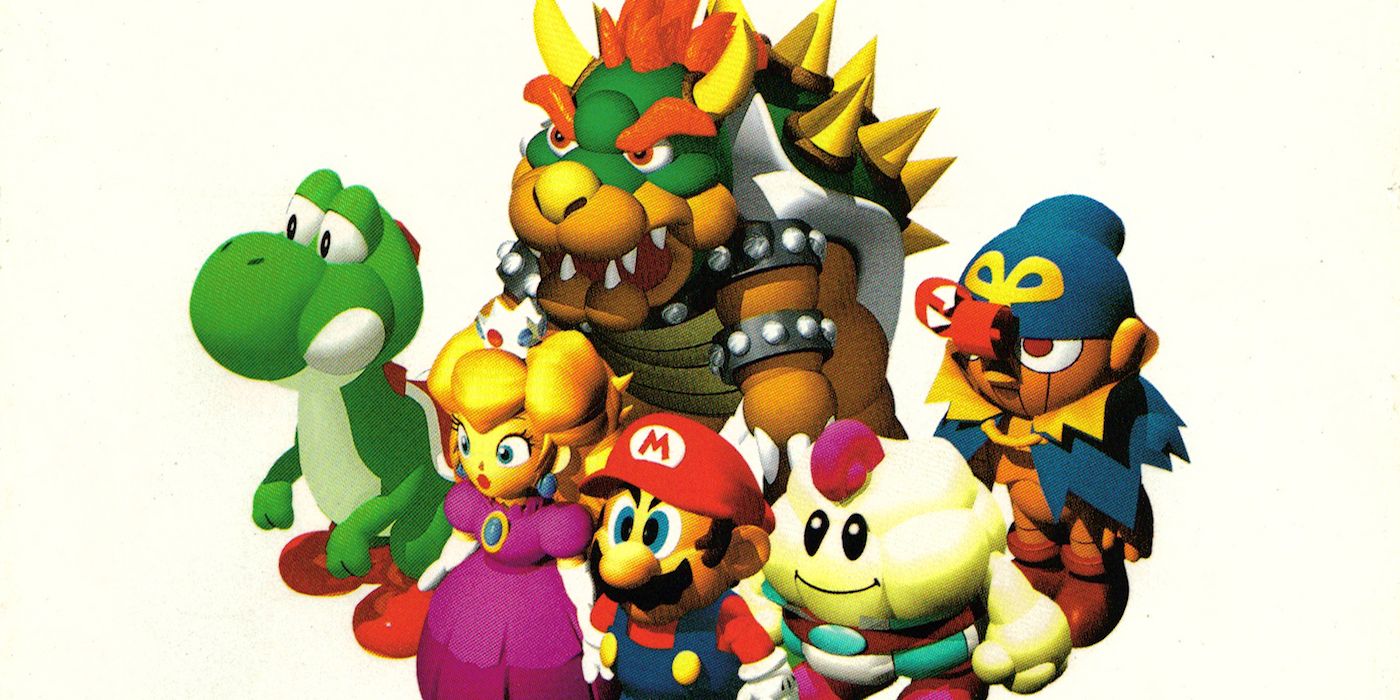With modern video games it’s almost to be expected that when the next super hit is stumbled upon, early discussions about a sequel, or even a franchise, are being discussed. It’s becoming more common to start thinking about and planning sequels before the initial game is even out. Society has just become hungry for continuing stories and serialization. Still, there’s something to be said for when you don’t realize you’re playing a sequel. Or when the fact that the game is just a piece of a larger story sneaks up on you and catches you by surprise. Sequels can be hyped up half a year in advance in order to stir up excitement, but they can also be covertly swept under the carpet. In honor of the latter, we take a look at a number of titles that you might not have realized were continuations of larger stories, whether in a narrative, thematic, or gameplay sense. Get ready to catch that jaw when it drops to the floor because here are 15 Video Games That You Didn’t Realize Were Sequels.
15. BioShock is a Sequel to System Shock
The similar names might be a dead giveaway, but BioShock basically plays like a remake of Irrational Games’ previous PC series, System Shock and System Shock 2. It doesn’t hurt that Ken Levine, the director of BioShock, is also the director of the System Shock titles. So basically you’re getting the exact same story told to you by the same exact person. Obviously there’s going to be a bit of overlap.
The BioShock series might offer one of the most impressive, surprising narratives to ever grace a video game. Yes, the game operates as a shooter, but it also has you making philosophical, moral decisions that affect the outcome of the game, as well as a strong foundation pulling from esoteric authors like Ayn Rand rather than action movie directors like Michael Bay. System Shock might require less of you, but it follows the same blueprint of you finding yourself stuck on a vessel and trying to figure out where the survivors are through a series of first-hand accounts. The games even feature the same mind-blowing twist at the end. If you’re still denying the connection present here people would be suspicious that you were programmed by SHODAN yourself.
14. College Slam is a Sequel to NBA Jam
NBA Jam is one of the most successful arcade games of all time, and it caused quite the stir when talks of finally porting the sports title over to home consoles began. NBA Jam would go on to be ported all across the board with the title’s quick, intuitive gameplay, coupled with its exaggerated characters, being the best on the market. Additionally, the game was drenched in personality, like having your character catch fire under the right conditions, or having former President Bill Clinton as a playable character. NBA Jam is just one of those perfect titles that broke the mold, and basketball games have been trying to replicate it ever since. While NBA Jam would receive pseudo-sequels in the form of NBA Jam: Tournament Edition, NBA Jam Extreme, and NBA Hangtime, another title fell under the radar.
College Slam is very much an NBA Jam sequel, taking everything that the previous title did, only working it into a college basketball framework. As a result, College Slam is often criticized for being a lazy extension of the franchise that loses the most crucial aspects - but it's still a sequel.
13. Super C/Operation C is a Sequel to Contra
You all know Contra and you all have that infernal Konami Code tattooed into your brain at this point. Contra is one of the most relentless “run and gun” games on the market and it’s seen universal success and a wealth of sequels and spin-offs throughout the years. Certain Contra titles will change elements to the series, like the game’s side-scrolling perspective or its weapon system, but they all follow the same model with a relatively straightforward story in play. Nearly every single Contra sequel makes its connection to the series clear, but it’s rather confusing that the first Contra sequel goes by the name Super C for its US console release. At the same time, the Game Boy equivalency is also titled Operation C, which doesn’t help with the matter. Sure, you’d know that these were Contra games if you were playing them, but if you were just scrolling through titles, you might easily miss the fact that these games are part of a bigger series. These are both still a step up from the XBOX Live Arcade and PlayStation Network Contra game that would come out decades later under the name Hard Corps: Uprising. What?
12. Killer7 is a Sequel to No More Heroes
If you’ve never played a game made by Grasshopper Manufacture and directed by the infamous Suda51, you’ve never truly experienced video game madness. It’s no stretch to call the man an auteur, with he and his team responsible for some of the most interesting, gorgeous looking games of the past two decades. No More Heroes earned a lot of acclaim for being an extremely violent, over-the-top game that found itself on the family-friendly Wii system. In said title you play the role of Travis Touchdown, equipped with trusty beam katana. Like all of Grasshopper’s efforts the title is extremely stylized, but there are a number of overt connections to the PS2/Gamecube title, Killer7, implying the games exist in the same universe and that No More Heroes could even be a prequel of sorts. The seven Lovikov skills in No More Heroes overtly reference the assassins in Killer7. There’s even the theory that Ermen Palmer is actually Emir Parkreiner from Killer7 in some new personality. Of course, with Killer7 coming from Konami and No More Heroes coming from Capcom, no official connection could be made, but there’s a strong community that that are trying to connect the dots across Suda51’s work.
11. Yoshi’s Story is a Sequel to Super Mario World 2
If you’re a stickler for Mario timeline canon, you might be surprised with how tricky the Yoshi’s Island timeline has gotten over recent years. New releases for the DS and 3DS, Yoshi’s Island DS and Yoshi’s New Island would add to the series and complicate the canon, but were met with a mixed reception. In spite of these more recent titles, Yoshi’s Story was developed as the original Super Mario World 2: Yoshi’s Island sequel. It was even operating under the title Yoshi’s Island 64 for a lengthy production period. Yoshi’s Story was also developed by the same team behind Yoshi’s Island, with Hideki Konno directing and Takashi Tezuka producing. Yoshi’s Story might have dropped the Baby Mario angle, but it doubled down on the Yoshi aspect of things, with a number of familiar enemies and locations from Super Mario World 2 appearing in the N64 successor. Now to only get that pesky Yoshi song out of your head!
10. Resident Evil is a Sequel to Sweet Home
What do you mean that you’ve never heard about Sweet Home before? It’s just the 8-bit Resident Evil predecessor that Capcom released for the NES all the way back in 1989. The Resident Evil series has grown into one of the most popular video game series of all time, yet many people are unaware of this curious prologue for the series. Granted, Sweet Home might not take place in Raccoon City or deal with Umbrella, but in Capcom’s defense, neither does Resident Evil VII! Sweet Home essentially throws you into a mansion where you’re being attacked by things that go bump in the night with only limited firepower to protect yourself. Sweet Home emphasizes ammo conservation, limited inventory, key-based puzzles, and even has a loading screen that’s disguised as opening a door just like Resident Evil does. There’s just too much shared DNA between these two horror titles of Capcom to ignore. At this point it would just be nice for Capcom to include a port of Sweet Home as some Resident Evil unlockable so more people can finally learn about it. It’s rare to see such scary titles coming out of an 8-bit machine.
9. Portal is a Sequel to Narbacular Drop
This one might be a bit of a stretch but you can so easily see how Narbacular Drop would become Portal that its inclusion here feels necessary. Portal is one of those endlessly simple, yet aggravatingly complex, video games that only come around once in a while. The game sees you wielding a portal gun as your arsenal, but really your brain is your weapon here. This game is all about troubleshooting and experimenting with physics as you try to figure out how to move from one area to the next. Believe it or not though, before Valve was the sturdy company that was turning out Portal, they were a much more ragtag group of developers known as Nuclear Monkey Software. Nuclear Monkey Software’s senior college project resulted in Narbacular Drop, which might not seem related to Portal with its basic “princess in distress” narrative, but the main mechanic of the game involves you creating blue and orange portals to transport things around in a very Portal-like fashion. Calling Narbacular Drop an extremely early beta for Portal might be more appropriate, but how can you have two portal games made by the same developers and not comment on them?
8. Dark Souls is a Sequel to King's Field
Dark Souls contains the sort of brutal old school gaming that you complain about not seeing anymore, and then when you get it you wish you didn’t have it because you’ve spent a week and a half getting eviscerated in a dungeon. Dark Souls is FromSoftware’s ode to retro dungeon crawlers, and while the connection between Dark Souls and FromSoftware’s previous title, Demon’s Souls, is abundantly clear, were you aware that the company’s history with this series has actually been going on since the ‘90s? The only reason that Dark Souls isn’t Demon’s Souls II is because Demon’s Souls was published by Sony and Dark Souls is published by Bandai Namco, hence the subtle name change. However, since the days of the original PlayStation, FromSoftware has been delivering a series known as King’s Field which is same template they’ve continued to follow up until now. King’s Field is more first-person dungeon crawling goodness with a vicious AI system and a seemingly unlimited supply of demons. You can basically consider Dark Souls to be King’s Field VI and it tracks pretty smoothly.
7. Dragon Age is a Sequel to Baldur's Gate
Dragon Age is your basic fantasy MMORPG where in the blink of an eye you can easy lose dozens of hours in your second life with whatever campaign you’re currently on. There are a lot of games of this nature, but Dragon Age allows for exceeding depth as you prepare for the ultimate evil and naturally improve your abilities through questing and combat with a number of classes and races at your disposal. Before BioWare was dazzling everyone with Dragon Age though, they were developing the extremely similar Baldur’s Gate series of RPGs, set within their Forgotten Realms Dungeons & Dragons universe. Truly the only difference between Baldur’s Gate and Dragon Age is the graphical enhancements, with BioWare’s Neverwinter Nights titles feeling like the bridge title where the torch is passed from one series onto the next. Gameplay, setting, and aesthetics are all the same though. In fact, there are a number of people online who have modded Dragon Age to look like an ultra-updated version of Baldur’s Gate, so in spite of BioWare wanting to distance themselves from their earlier titles, gamers clearly don’t.
6. Total Carnage is a Sequel to Smash TV
Smash TV is definite guilty pleasure territory as the bullet-soaked top-down shooter is one of the most satisfying arcade ports of a game of this nature. It’s a title that defines itself by how big it is and the sheer excess of it all. It’s a brilliant shooter that at the same time also functions as a biting dissection and lampooning of the ridiculous genre. Smash TV made its mark on a lot of gamers—especially if they played it with a friend—but for whatever reason the sequel that Midway turned out, Total Carnage, is not met with the same acclaim. Total Carnage does everything that Smash TV does, but bigger. It has the same frenetic gunplay, updated weapons and enemies from Smash TV, as well as the addition of weapons like bombs and the ability to not be confined to a single screen at a time. Total Carnage is also a game where the final boss reveals itself to be a giant cybernetic Hitler head, which is something that most sequels should strive to aspire towards.
5. Fallout is a Sequel to Wasteland
The Fallout series has found tremendous success, with titles like Fallout 3 and Fallout: New Vegas innovating the RPG genre in some deeply interesting ways. To begin with, a lot of people aren’t aware that the first two Fallout titles actually follow a much different approach and are top-down RPGs for the computer. What’s even more fascinating is that Black Isle Studios (a subsidiary of Interplay Productions), the developer responsible for the first two Fallout games, conceived the original Fallout as a contingency plan after the failure of their planned Wasteland series. Wasteland was also a top-down apocalyptic RPG for the PC that saw release in 1988, yet still managed to feature innovative aspects like being an open world game. When Wasteland’s planned sequels fell apart and became other projects, the setting, premise, and gameplay were the basis for Fallout, hoping to continue this sort of dystopian storytelling. Curiously, Black Isle Studios has gotten back into the scene and even crowdsourced a Wasteland 2, meaning both the Wasteland and Fallout series are existing in tandem at the moment.
4. Halo is a Sequel to Marathon
Halo is one of the most influential video games of all time, at least in the first-person shooter department. Bungie Software’s XBOX exclusive hit the ground running and would soon have millions of people screaming about headshots over wireless headsets as nearly just as many individuals would be braving endless lines for midnight releases to play the next game as soon as possible. Halo has made its mark on the gaming world, but what doesn’t get nearly enough credit is the other series of alien-based first-person shooters that Bungie developed for PC and Macintoshs, Marathon. Bungie started its Marathon trilogy of shooters in 1994 and it’s kind of uncanny how much of a prototype they are to the Halo games. While official connective tissue is low, the alien antagonists are certainly similar, both series see you dealing with an AI system for guidance, and both series’ titles, Marathon and Halo, are references to crucial spaceships within the games. Marathon even allowed for online battles. With Bungie concluding Marathon’s story, it surely made more sense to start anew with Halo, even if most of the same building blocks were in place. Especially with now having Microsoft’s support.
3. Assassin's Creed is a Spin-Off Sequel to Prince of Persia: The Warrior Within
Ubisoft’s Assassin’s Creed has blossomed into a mega-franchise with over a dozen games in its name at this point. While getting progressively complicated and continually biting off more than they can chew, the first batch of Assassin’s Creed games not only showcased addictive, suspenseful cat-and-mouse action gameplay, but a bonkers sci-fi narrative coursing through it at the same time. With the success that the Assassin’s Creed series has seen, it’s kind of crazy that the first title in the franchise was initially developed due to how good a job Ubisoft was doing with their Prince of Persia revival.
While the third title in Ubisoft’s trilogy, Prince of Persia: The Two Thrones was being developed, Ubisoft was simultaneously handling a spin-off for the series, Prince of Persia: Assassins. The title would have seen you trying to guard and protect an AI-controlled prince, but as development progressed it felt like such a drastic new direction for the series that it might be better suited as its own property. Accordingly, this is why so many of the aerial, scaling, and combat techniques from Assassin’s Creed resemble those from the Prince of Persia games. At least they both now have equally unsuccessful movie adaptations.
2. Snatcher and Policenauts are Actually Sequels to Metal Gear Solid
Before Hideo Kojima was orchestrating one of the most popular video game series of all time with the Metal Gear Solid franchise, he was creating much more humble works like Snatcher and Policenauts. However, with a little bit of sleuthing it’s easy to see how the Metal Gear Solid series is actually an extension of what Kojima introduces within Snatcher and Policenauts, culminating in one big connected universe. For starters, Snatcher makes reference to the “Metal Gear menace in the late 20th century,” implying that Snatcher is set sometime after Metal Gear Solid 2. There is also a heavy presence of Metal Gears throughout Snatcher, with your sidekick even being named as much. Furthermore, Tokugama Industries from Kojima’s Policenauts eventually plays a role in the Metal Gear Solid series with Raiden and robotics in general. It’s also widely speculated that Meryl Silversburgh from Metal Gear Solid actually originates in Policenauts, too. While it’s still a little difficult to pinpoint the exactly chronology of these games, it’s clear that Kojima wanted them to share elements and compliment each other in certain ways. You can never have too much Metal Gear.
1. Paper Mario as a Sequel to Super Mario RPG
Super Mario RPG marks a dazzling collaboration between Nintendo and Square that has had people clamoring for a sequel ever since it was released back in 1996. The funny thing is, while a true sequel to the game may never arrive, a veritable sequel of sorts has existed for some time now, only gamers never realized. Before the Nintendo 64’s Paper Mario was released, it was largely operating under the title, Super Mario RPG 2. The game’s iconic 2D look was even chosen due to being a more recognizable linker to the SNES original, rather than implementing a fully 3D approach. Paper Mario does a good job of paying respect to a lot of the RPG elements that filled Super Mario RPG, but it still feels like a simpler game from a slightly different series. As a result, the Mario & Luigi RPG series has also formed, offering up a more traditional RPG experience. The lighter tone and humor that filled Super Mario RPG is heavy within Paper Mario and the rest of these titles too, showing that at their core these games still do share a lot in common.
That’s a considerable amount of sequel knowledge to take in, but are we still coming up short? We want to know! Let us know in the comments below what your favorite “secret” sequels are!

